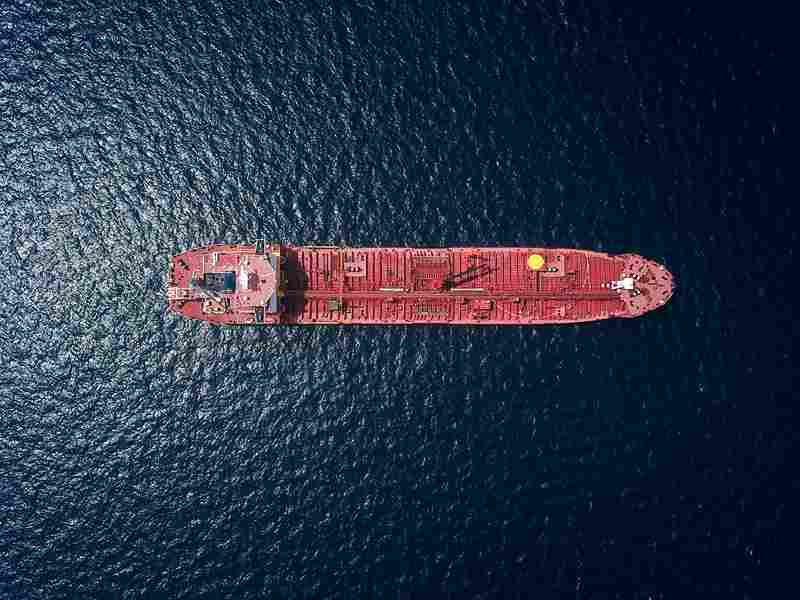
Bunker Fuel Supply Chain Dynamics: From Refinery to Vessel
Introduction: The bunker fuel supply chain constitutes a complex network of processes and stakeholders responsible for delivering the lifeblood of maritime transportation from refineries to vessels. From sourcing crude oil to bunkering operations, each stage of the supply chain entails meticulous coordination, logistics, and quality assurance to ensure the seamless flow of fuel to ships navigating the world’s oceans. Understanding the dynamics of the bunker fuel supply chain is paramount for optimizing efficiency, reliability, and sustainability in maritime operations.
Sourcing and Refining Crude Oil: The journey of bunker fuel begins with the sourcing and refining of crude oil, the primary raw material for fuel production. Crude oil is extracted from various geographical locations worldwide, with each source possessing distinct chemical compositions and characteristics. Refineries employ sophisticated processes such as distillation, cracking, and blending to transform crude oil into refined products, including bunker fuels. The selection of refining techniques and additives influences the quality, specifications, and performance attributes of bunker fuels tailored to meet the diverse needs of marine engines and regulatory requirements.
Storage and Distribution: Once refined, bunker fuels are stored in terminal facilities strategically located near major ports and shipping lanes. These storage terminals serve as crucial hubs in the bunker fuel supply chain, facilitating efficient distribution and replenishment of fuel stocks to meet the demands of maritime traffic. Storage tanks, pipelines, and marine loading facilities enable the safe and controlled transfer of bunker fuels from refineries to vessels, minimizing logistical delays and operational disruptions. Robust inventory management systems and quality control measures are implemented to monitor fuel inventory levels, ensure product integrity, and prevent contamination throughout the storage and distribution process.
Bunkering Operations: Bunkering, the process of refueling ships with bunker fuel, represents the final link in the bunker fuel supply chain. Bunkering operations can occur either at port facilities or offshore locations, depending on vessel requirements, operational schedules, and regulatory considerations. Bunker barges, trucks, and shore-based facilities are utilized to deliver bunker fuels directly to vessels, adhering to stringent safety protocols and environmental regulations. Compatibility testing, quantity measurement, and documentation procedures are conducted to verify fuel quality, quantity, and compliance with industry standards and regulatory requirements. Close collaboration between bunker suppliers, shipowners, and port authorities is essential to ensure the efficient and transparent execution of bunkering operations, minimizing risks and optimizing vessel performance.
Challenges and Opportunities: The bunker fuel supply chain faces a myriad of challenges ranging from volatility in crude oil prices to regulatory compliance and environmental sustainability concerns. Fluctuations in global oil markets, geopolitical tensions, and emerging regulations pose uncertainties for bunker fuel stakeholders, necessitating agility, resilience, and innovation in supply chain management practices. Additionally, technological advancements such as digitalization, automation, and alternative fuels offer opportunities to enhance transparency, efficiency, and environmental performance throughout the bunker fuel supply chain. From blockchain-enabled traceability solutions to eco-friendly biofuels and LNG bunkering infrastructure, the industry is embracing transformative initiatives to address evolving market dynamics and sustainability imperatives.
Conclusion: In conclusion, the bunker fuel supply chain is a complex and dynamic ecosystem that plays a vital role in supporting global maritime commerce. From the refinery to the vessel, each stage of the supply chain involves intricate processes, coordination, and quality assurance measures to ensure the reliable and efficient delivery of bunker fuels to ships worldwide. By understanding the dynamics of the bunker fuel supply chain and embracing innovation, collaboration, and sustainability, stakeholders can navigate the challenges and opportunities of the maritime energy landscape, fostering a more resilient, efficient, and environmentally responsible future for global shipping.





